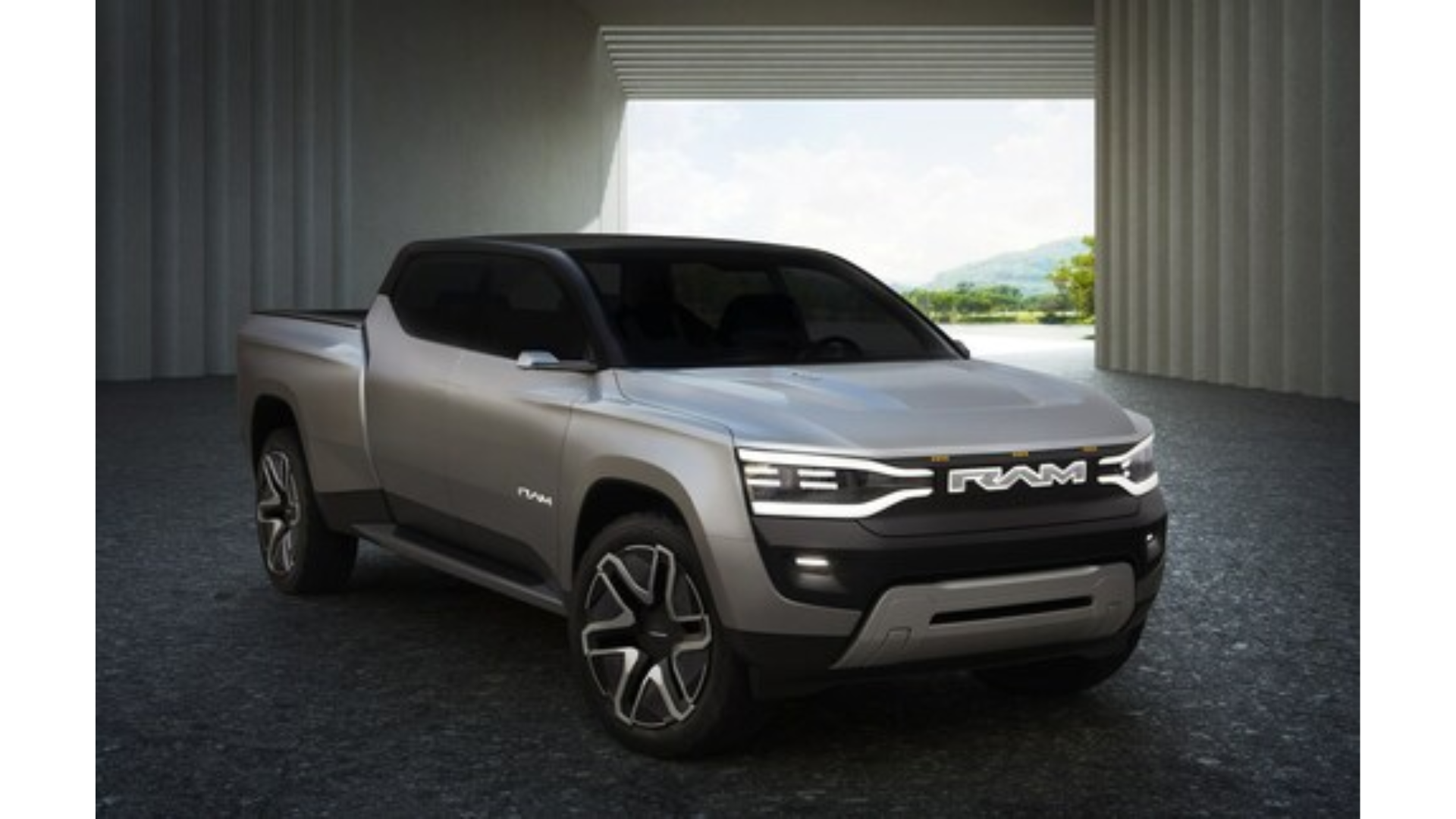
AUBURN HILLS, Mich./Jan. 5, 2023 — The Ram Truck brand introduced a visionary road map at CES 2023 with its Ram 1500 Revolution Battery-electric Vehicle (BEV) Concept, which provides a glimpse into the future. The leading-edge Ram 1500 Revolution BEV Concept showcases a truckload of innovative features and technology including 3D printing, that will be seen in future Ram trucks and on Ram’s electrification journey.
Ram will differentiate itself by offering a portfolio of fully electrified solutions to better meet customer needs, including a segment-redefining Ram 1500 BEV in 2024. The entire Ram lineup will offer electrified solutions with disruptive, leading-edge advanced technology in the years to come. The Ram 1500 Revolution BEV Concept establishes how Ram will push past competitors’ future EV offerings.
“The Ram 1500 Revolution BEV Concept is our clearest signal yet that we’re on the precipice of something extraordinary at Ram and points directly to where we’re going on our electrified journey,” said Mike Koval Jr., Ram brand CEO – Stellantis. “At Ram, we’ve redefined what pickup trucks can be, and we will do so again by pushing past what competitors are offering by delivering the best electric pickups on the market.”
The Ram 1500 Revolution BEV Concept is part of Ram’s significant contribution to Stellantis’ Dare Forward 2030 strategic plan to lead the way the world moves by delivering innovative, clean, safe and affordable mobility solutions.
“The Ram Revolution represents several important things to the Ram brand,” Koval added. “Of course, it’s our new Ram 1500 Revolution BEV Concept that serves as a roadmap to our electrified future. Yet Ram Revolution is also our philosophy as we redefine the pickup segment, with a steady drumbeat of announcements and initiatives as we embark on our electrified journey.”
The concept features revolutionary side-view mirrors that are smaller, more lightweight and use 3D printed materials for optimal aerodynamics and reduced drag. The side-view mirrors use a digital camera to capture the truck’s surroundings, allowing for a smaller physical size.


